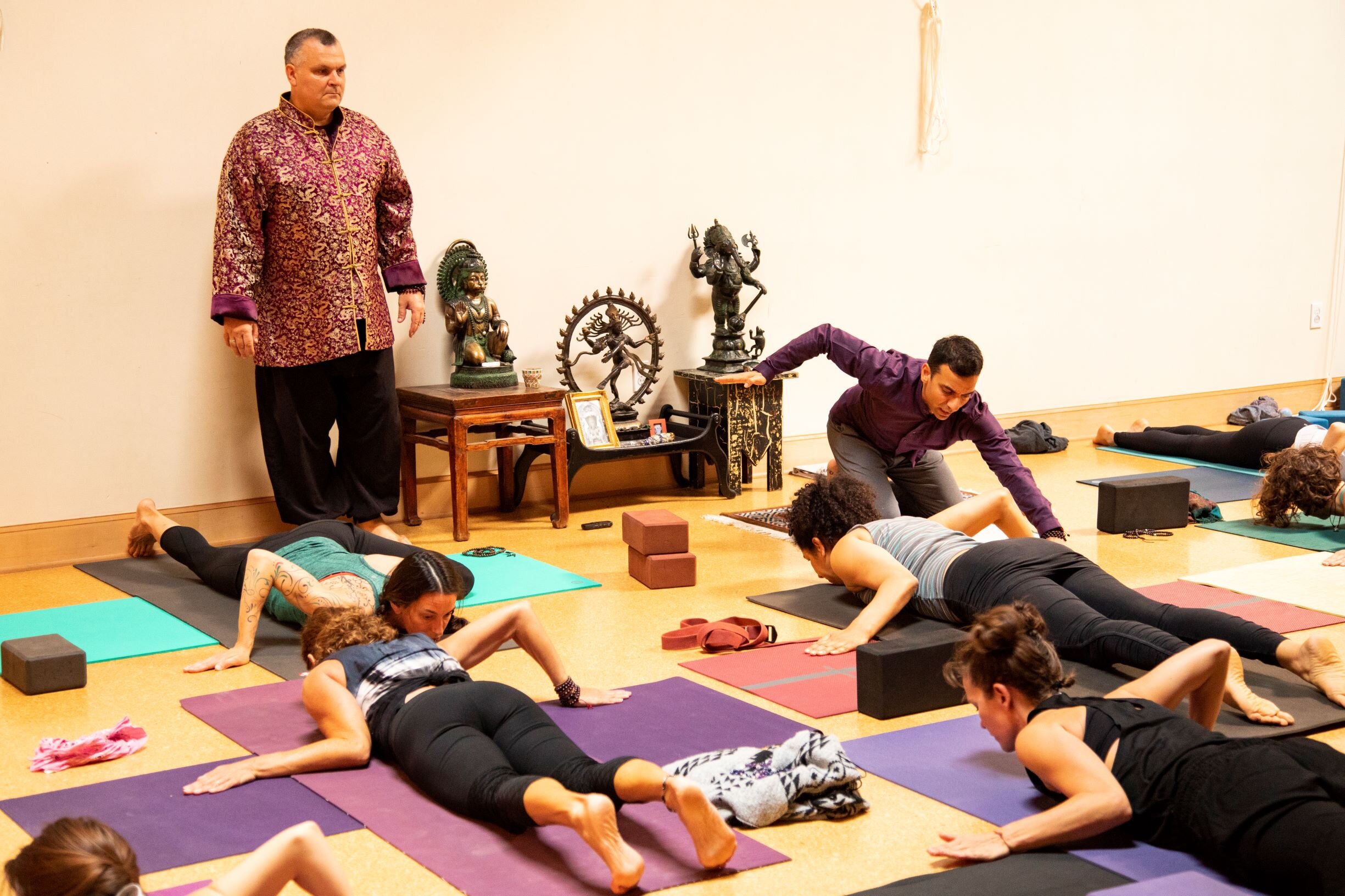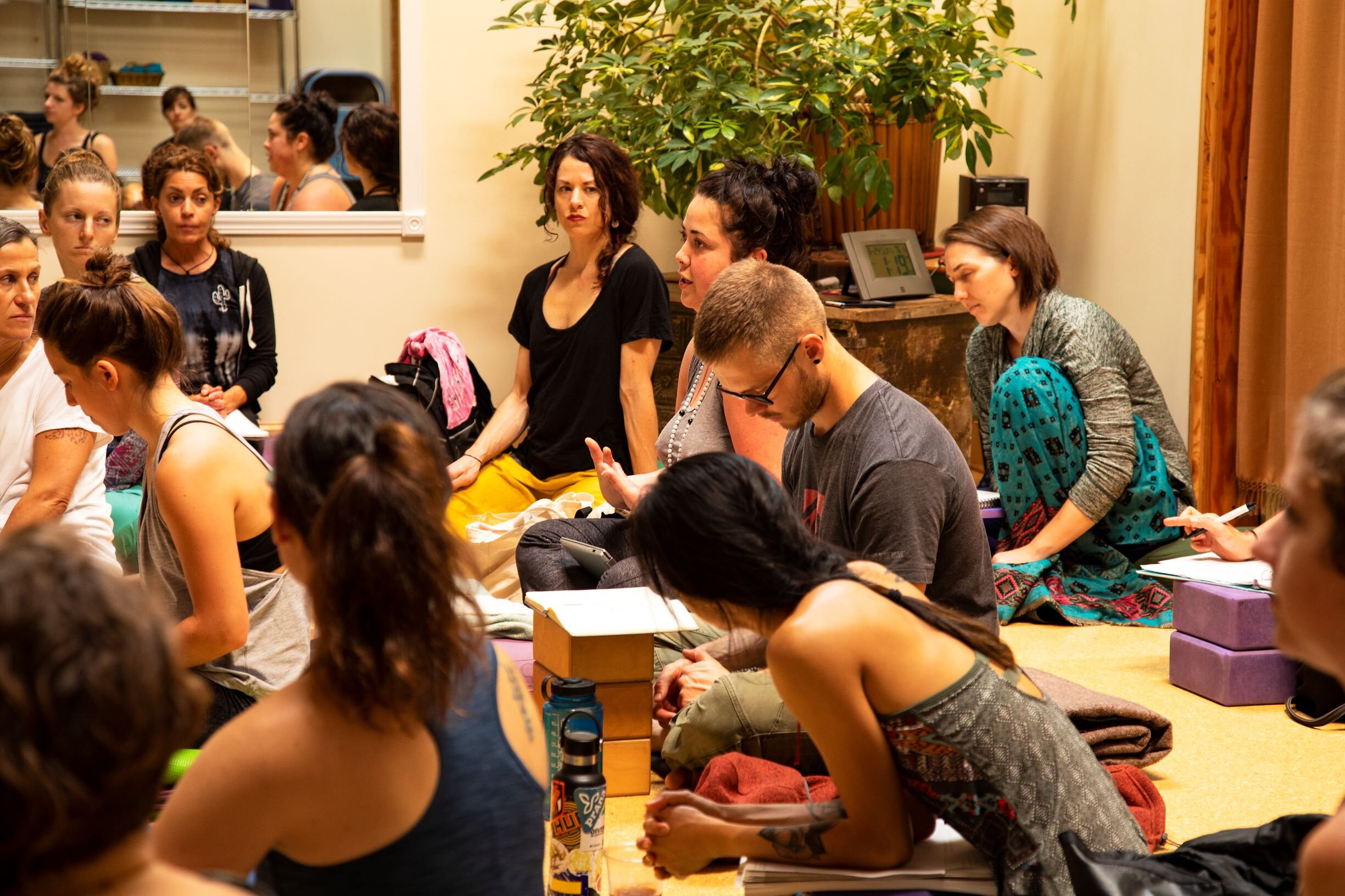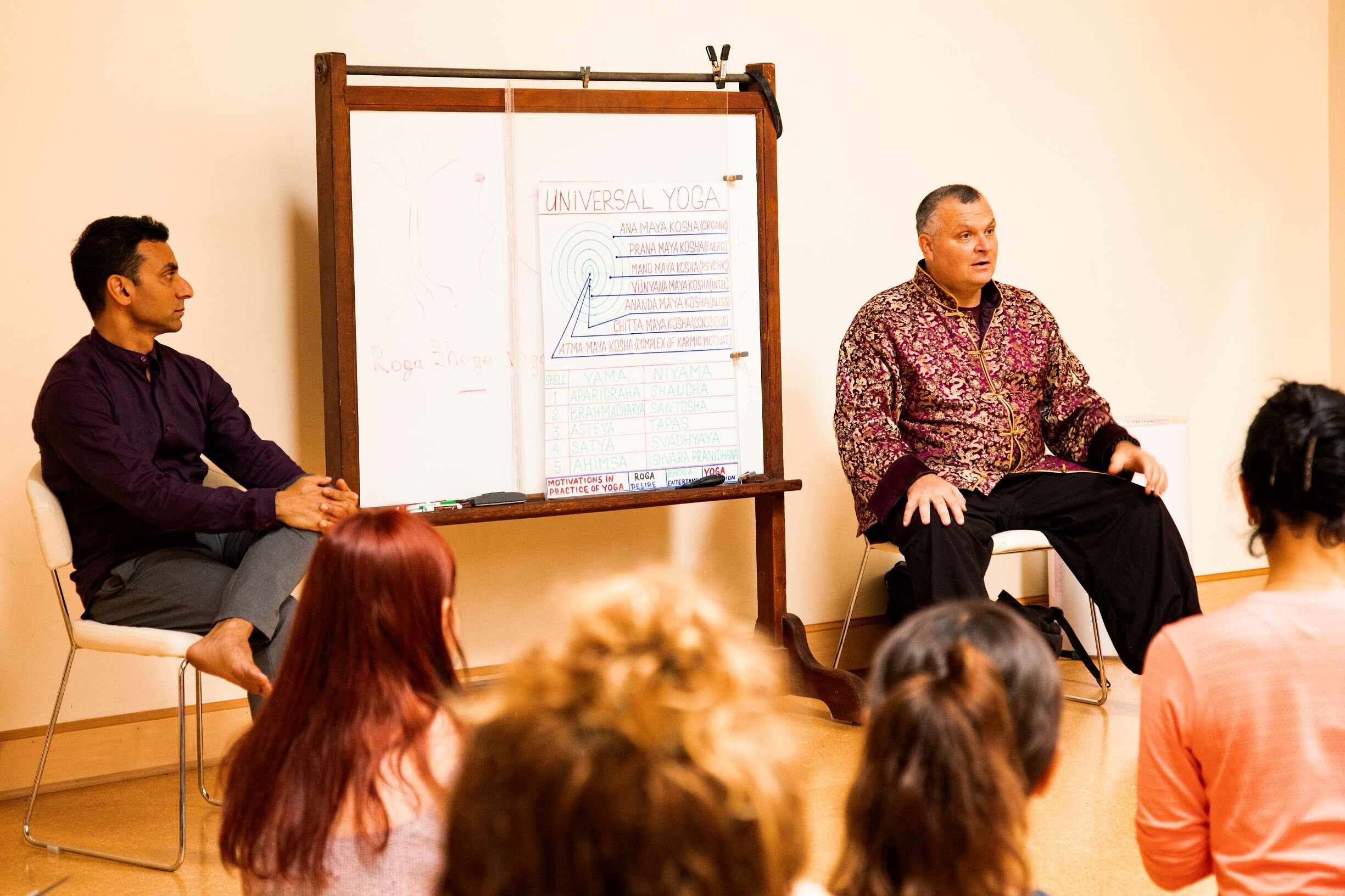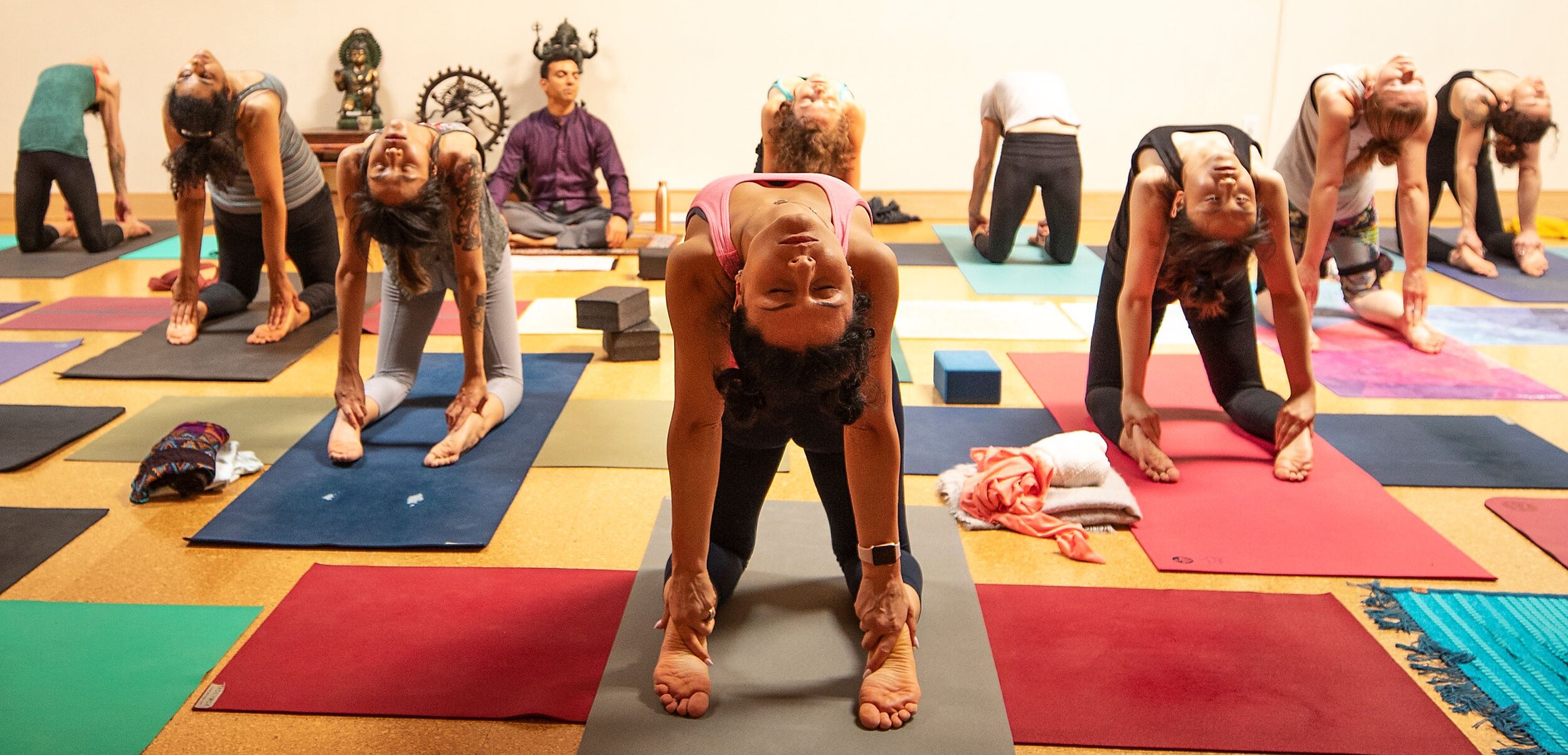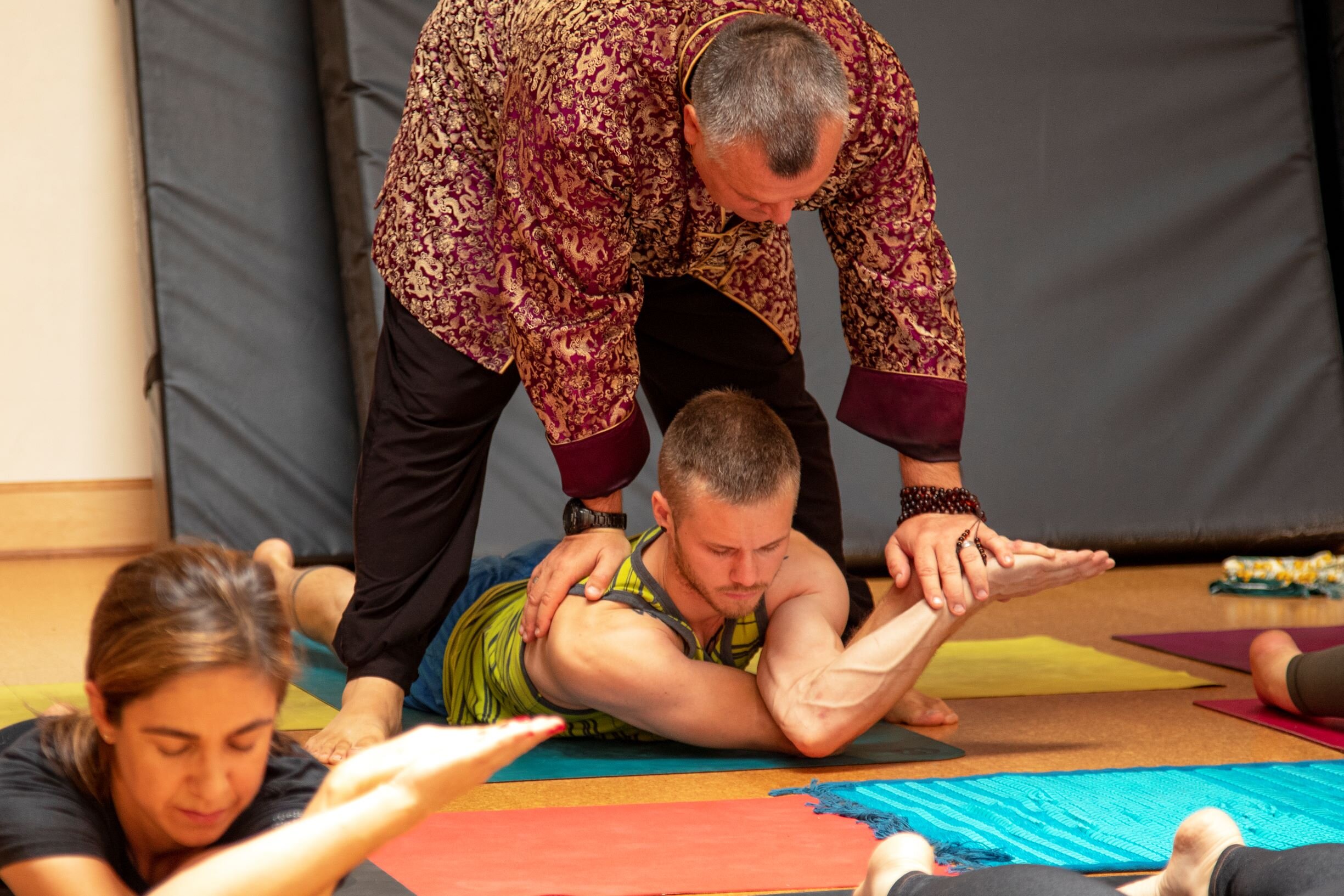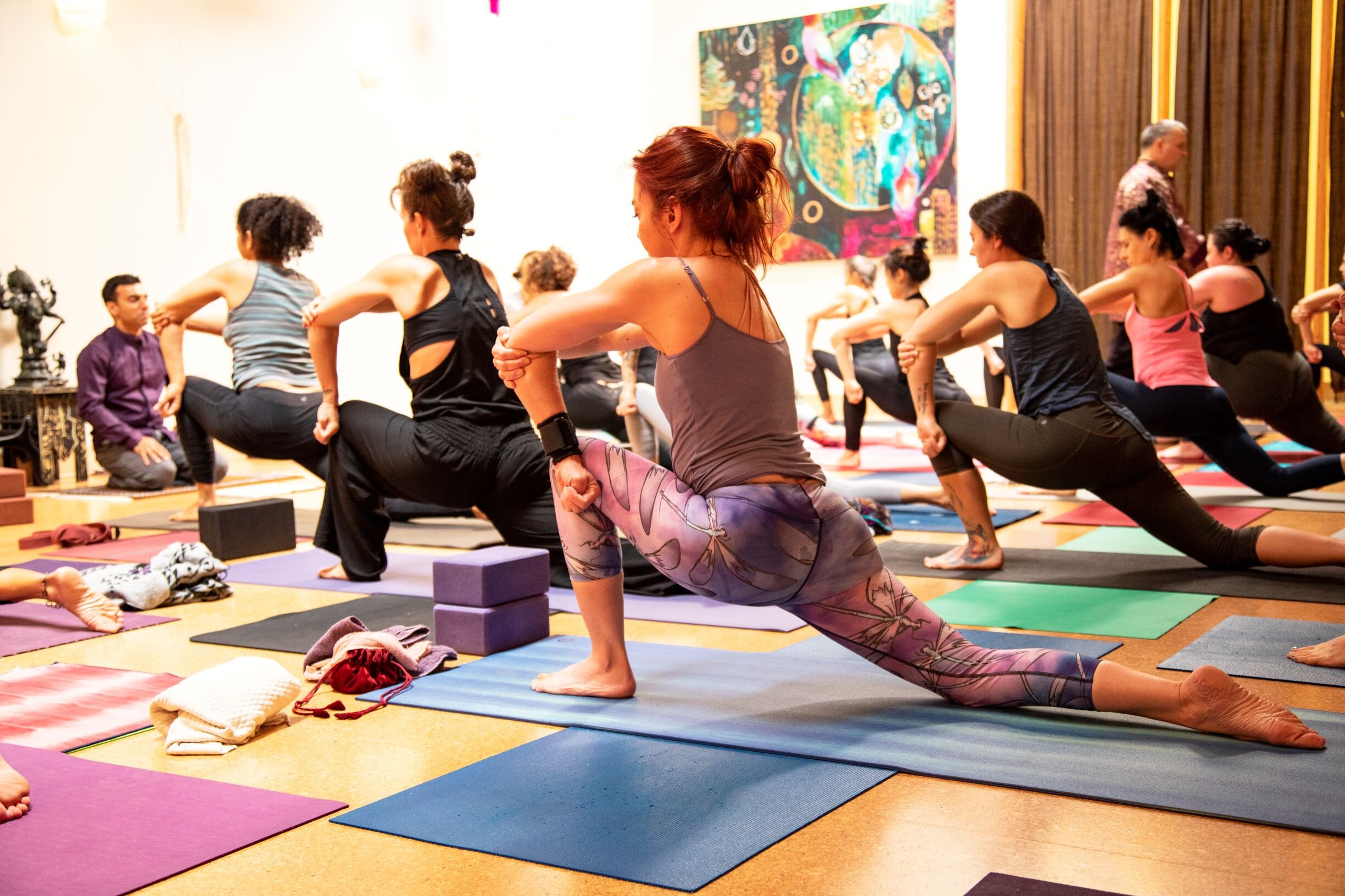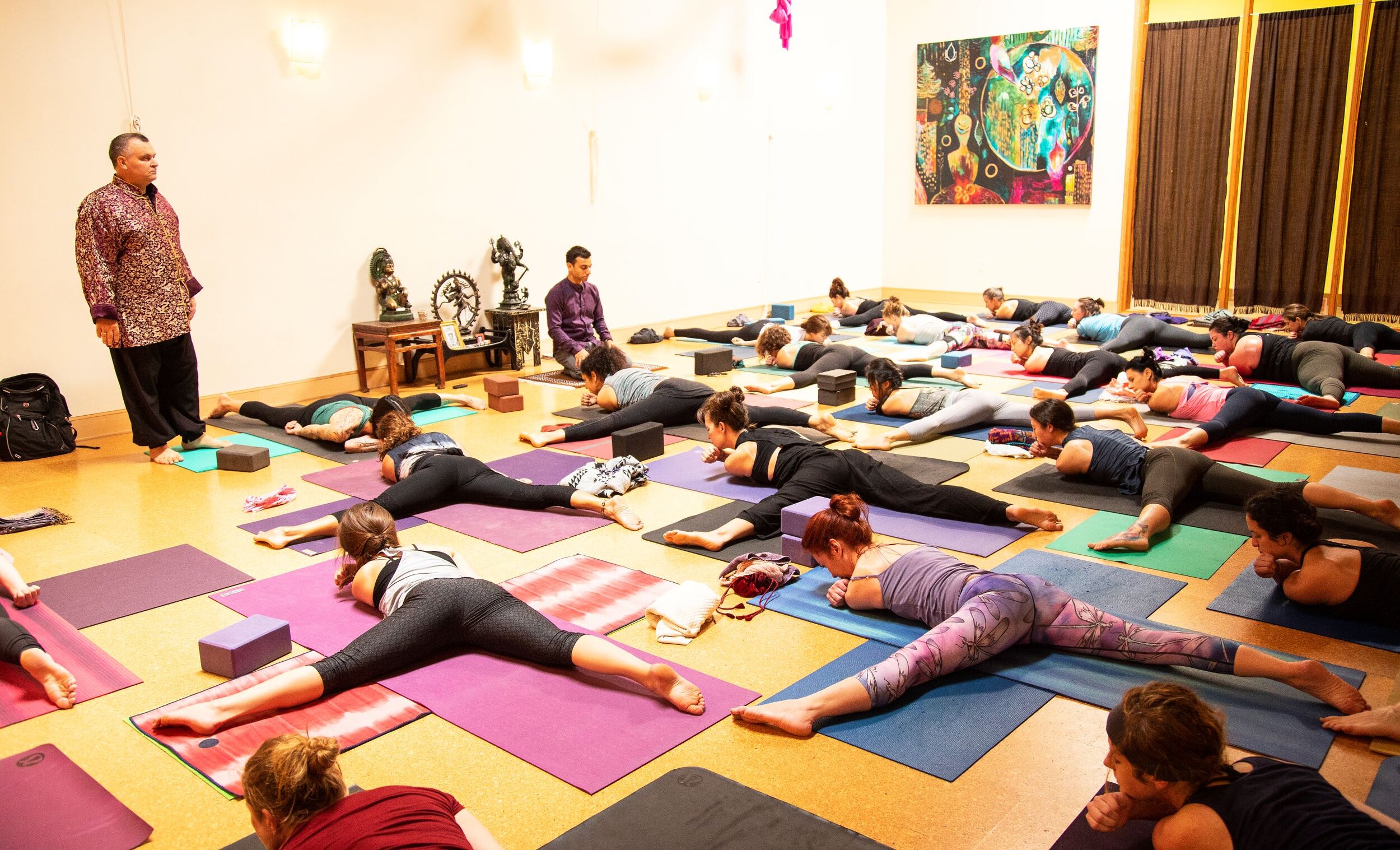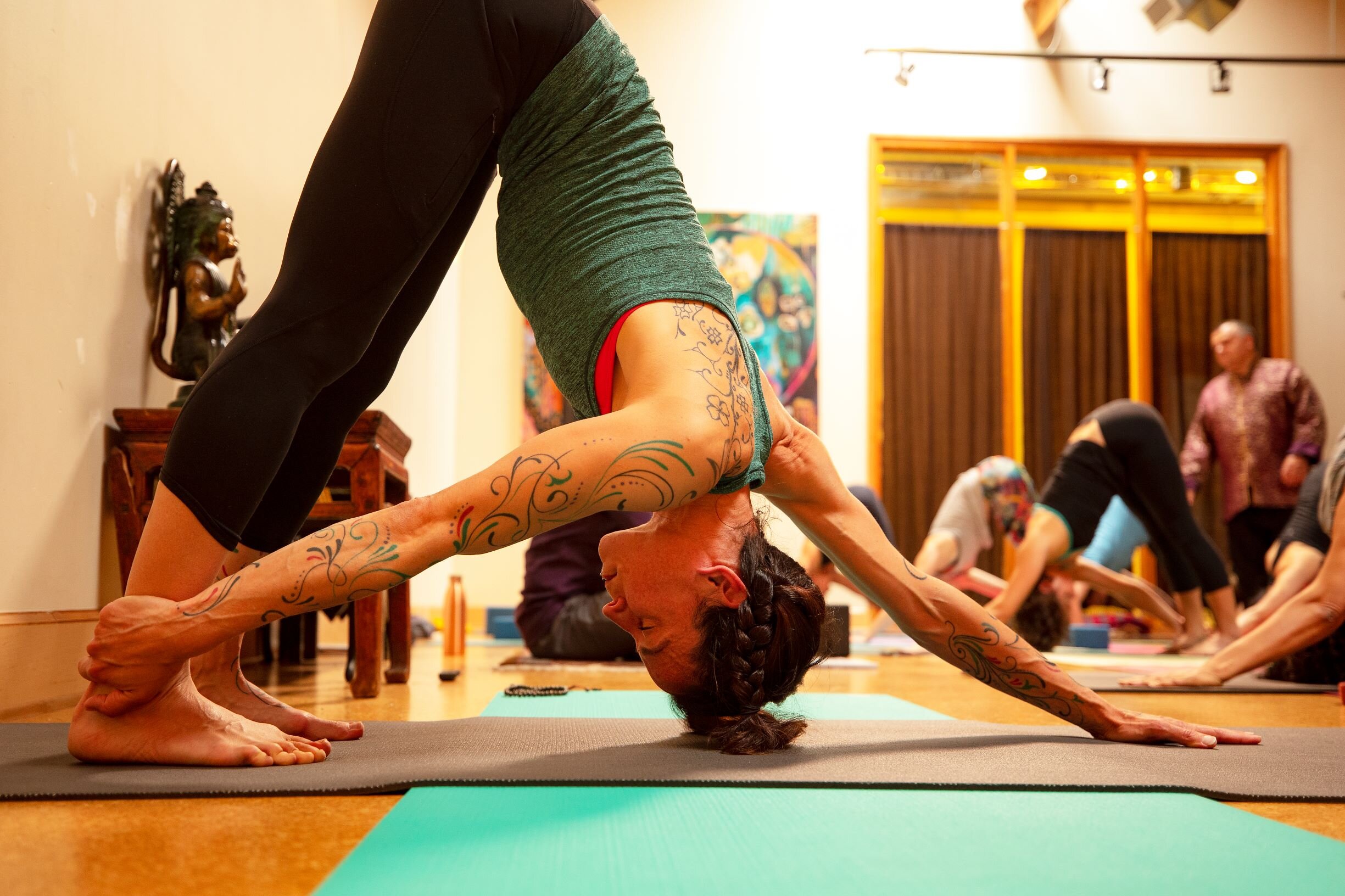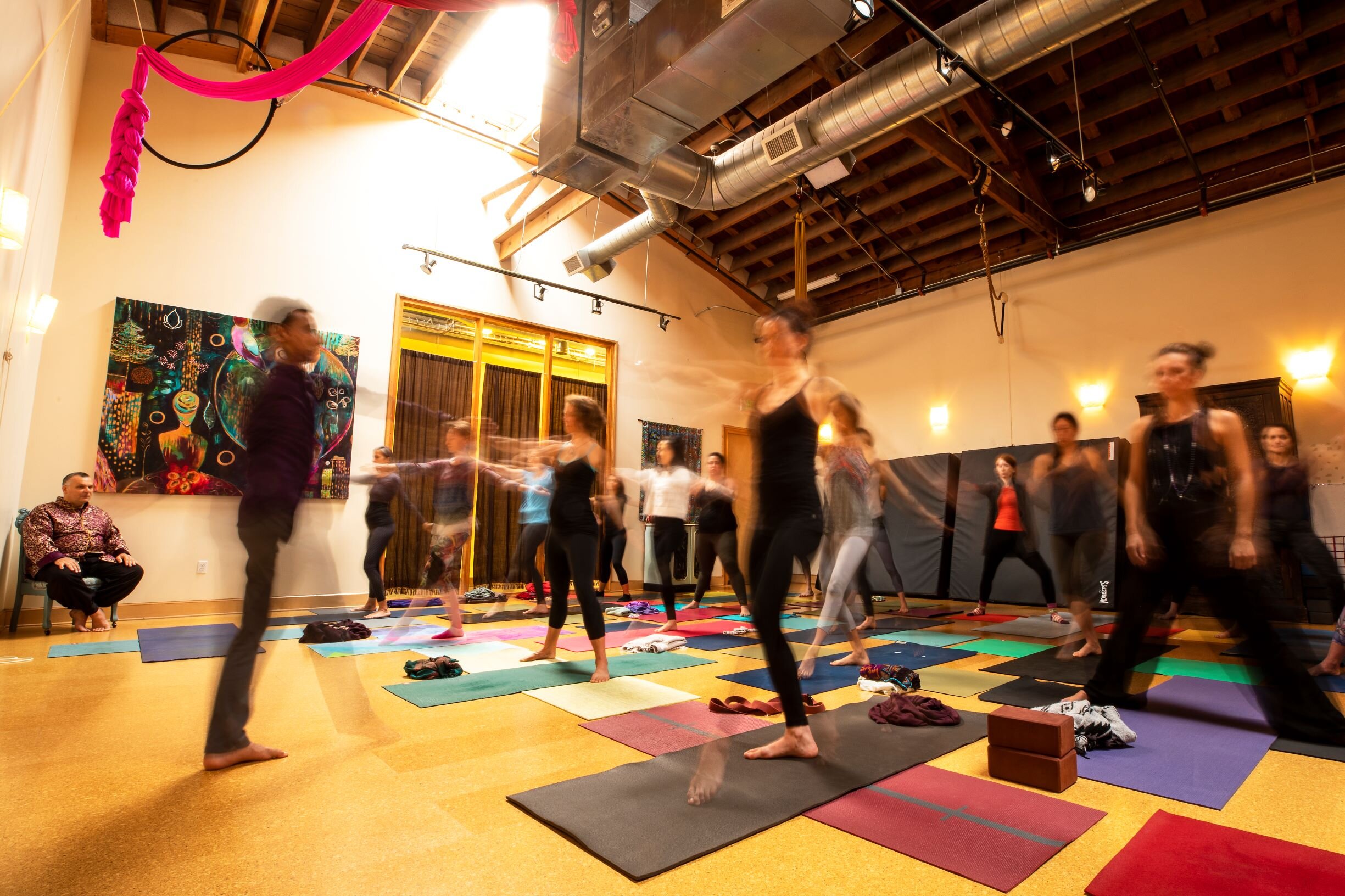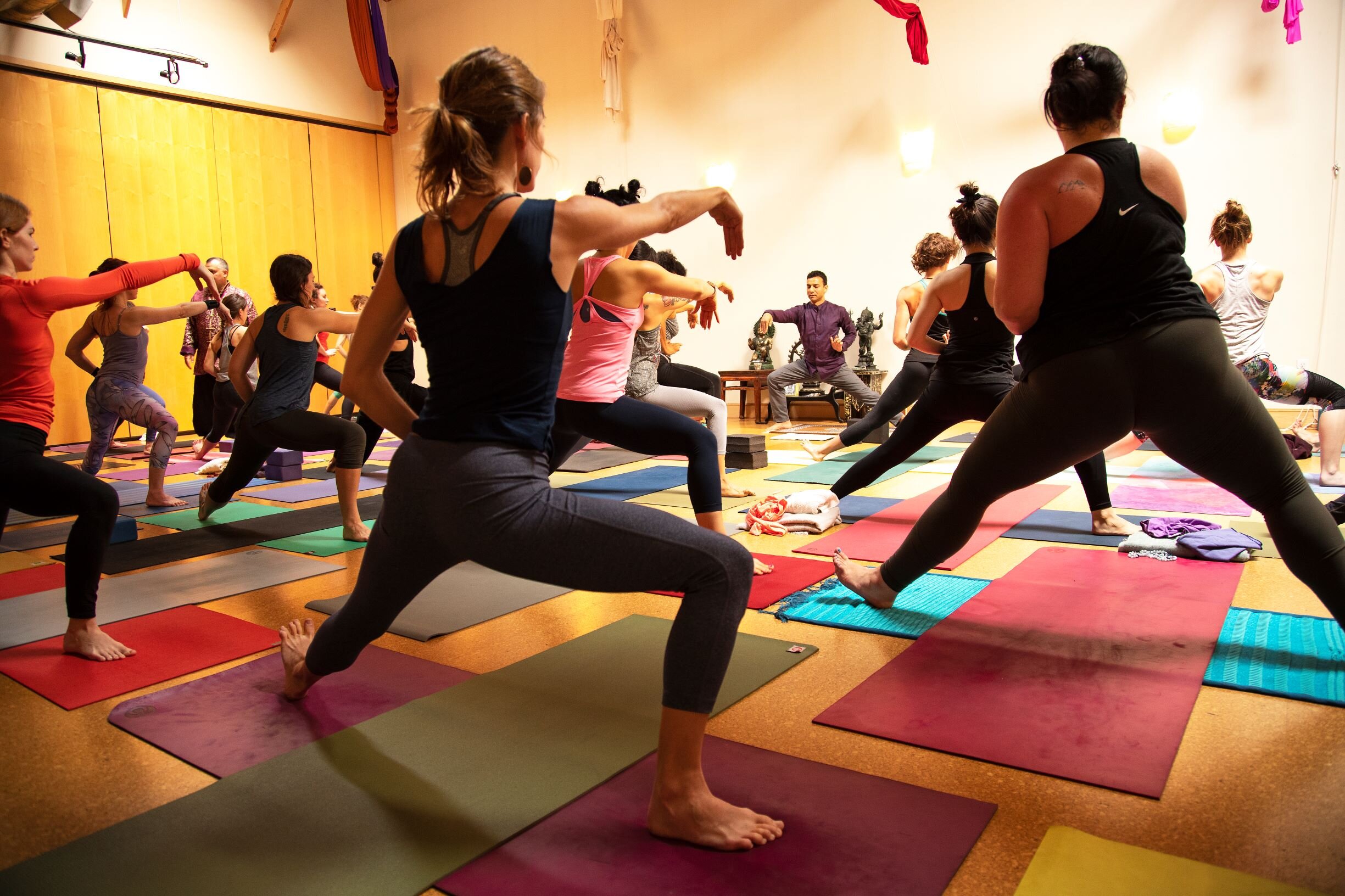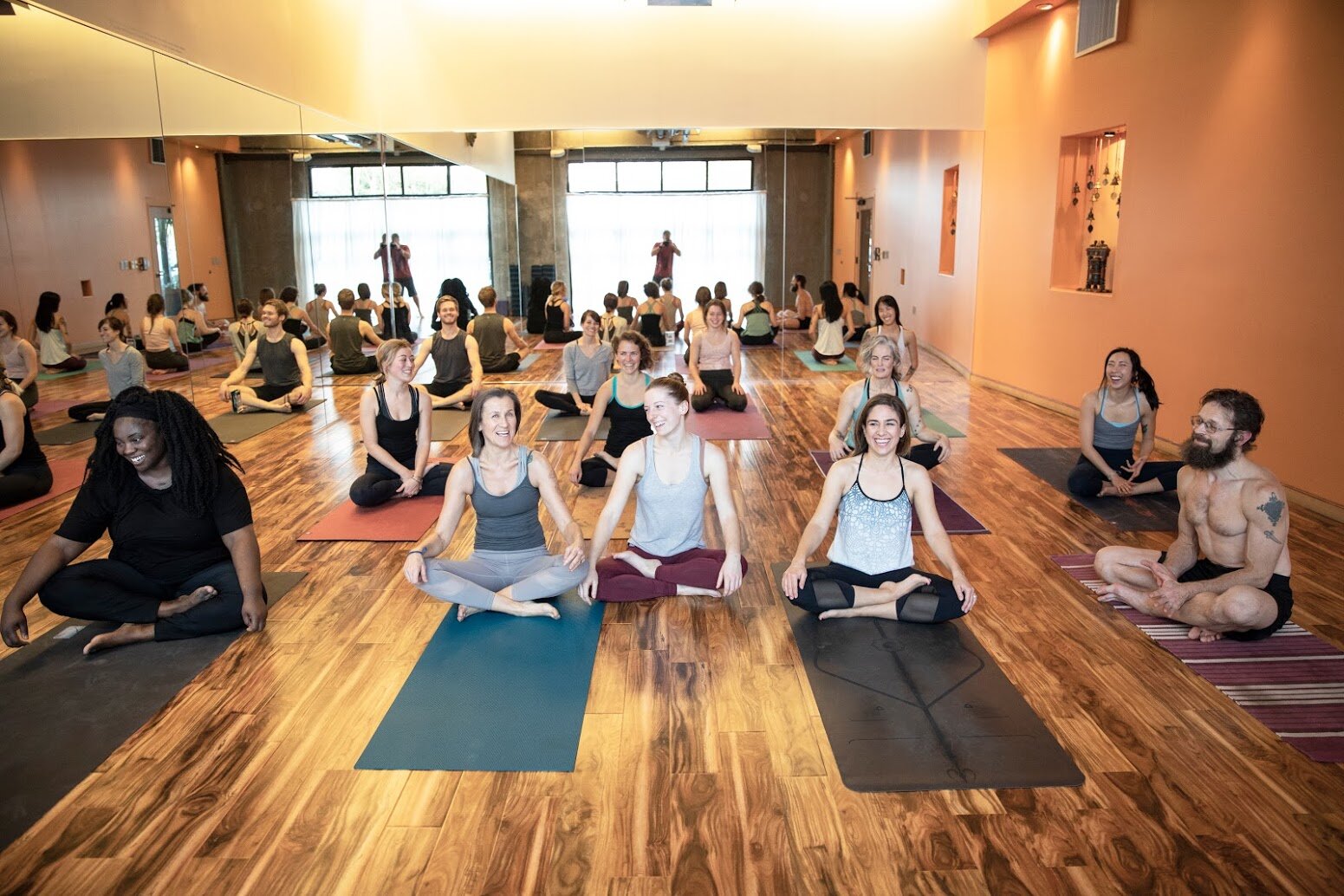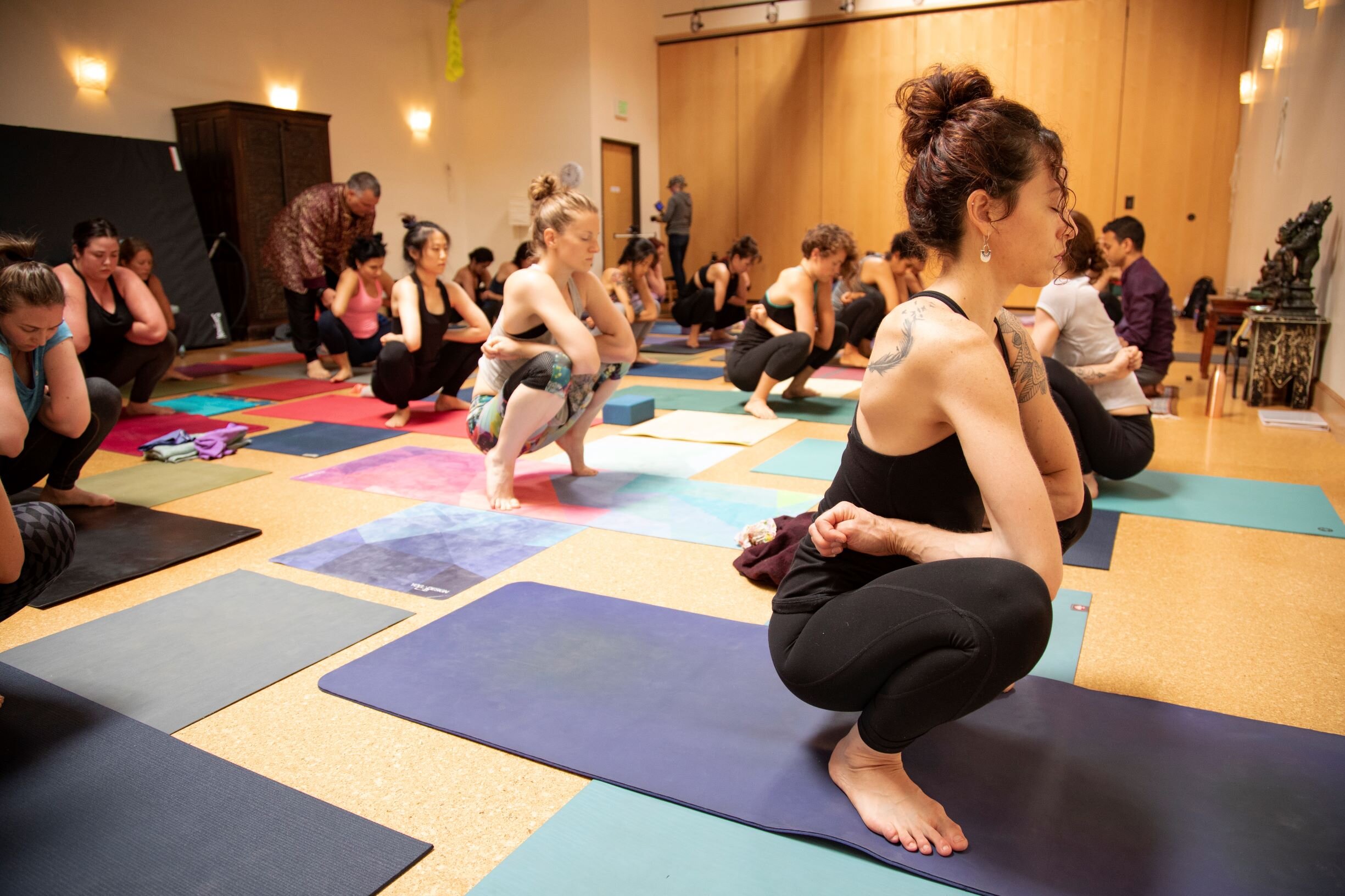
The Tradition of Universal Yoga
The foundation of yoga education at Yoga for Life
Universal Yoga Methodology
Universal Yoga is a life-transforming learning system that creates better physical health, wellness, emotional stability and mental clarity. The ultimate aim is liberation from the imitations of our minds, and unification of ourselves as a whole. Created and taught by the world-renowned Andrey Lappa, the Universal Yoga system shows the extreme depth and potential of Yoga tradition, bringing esoteric practices and understandings of yoga through scientific methods to modern practitioners.
The Universal Yoga Method integrates Himalayan systems of yoga that is the root of most yoga systems recognizing Patanjali’s Raja Yoga and Hatha Yoga Pradipika as their pillars. This style unites several existing classic lineages, in-particular Hatha Yoga and Vinyasa, integrated with yogic philosophy, physical asana and monastic techniques. It also provides a deeper understanding of how each kosha or ‘shell’ interconnects with the others, providing total balance and unification of self.
Students of Universal Yoga see rapid progress towards advanced asanas, as well as yogic life path. We soon learn that by trapping our attention through progressive asana and vinyasa, we are able to stop the persistent patterns of our mind and its relentless distraction into the past and the future. By striving to move forward our practice overcoming limitations in our belief-system we are able to focus in the “now.”
Foundations of Universal Yoga
The Mayakosha
One of the pillars of the Universal Yoga Method is the knowledge and application of the ancient Vedic concept of the five Kosha.
In Sanskrit, Kosha means “sheath” and can be imagined as layers or lenses of experience. This system is broader than the Chakra or even just the subtle body, as it unites all aspects of our experience including physical, energetic, mental/emotional, consciousness and spiritual. Each of us exists simultaneously within all seven of these layers, experiencing and interacting with the world around us, our inner selves and each other.
One easy way to imagine this system is a pair of eyeglasses with five sets of lenses that stack one on top of the next. What we “see” or experience, is the combination of all five sets of lenses, yet each lens has its own unique properties. Imagine each lens as a different color. When you stack them all together, the color of the lens you are looking through is a combination of all five colors.
Each layer impacts every one of the others in a complete web of connection. In order to understand this system, we have to look at each Kosha (lens) individually and explore its traits, the way it shapes our experience, and the ways in which it interacts with the other lenses.
The seven Kosha are: (i) Matter : Annamaya Kosha (ii) Life Force : Pranamaya Kosha (iii) Mind : Manomaya Kosha (iv) Wisdom : Vijnanamaya Kosha (v) Bliss : Anandamaya Kosha (vi) Consciousness: Chittamaya Kosha (vii) Complex of Karmic motivations: Atmamaya Kosha.
In Universal Yoga there are skillful practices for each of the seven shells, to reduce the lens-colors so that we can eventually see transparent ‘reality’ of our true and divine nature.
Complexity
This foundational concept shows us that as we repeat the same action over and over, we reduce the involvement of our cognitive abilities in such action, to a point where our mind is free to be monkey-mind. This is true in a yoga asana class as well. As we keep repeating the same postures, and vinyasa, we lose our attention to other, if not random, thoughts moving us constantly away from the ‘now’ which counter to the merit of Yoga practice. However, if we keep moving towards new and complex asanas built from what is familiar to us, we cannot help but pay sharp attention to the present moment.
In most of the classes at Yoga for Life, you will find Universal Yoga certified teachers teaching poses that are more complex, but built from well-known poses. This helps practitioners advance their practice with laser focus, and helps practitioners reduce/remove their ego and pride associated with “expertise” of a given pose, bringing about humility, curiosity, and studentship in their practice.
Balance
Another pillar of Universal Yoga is the concept of creating balance. While most of modern yoga asana practices only focus on creating balance between the left and the right side of the body, at Yoga for Life we create balance between strength and stretch, between front and back, between lower and upper body, between head-up and heand-down postures, between legs and arms postures, between asymmetric and symmetric postures, between muscle groups. Similarly, most available vinyasa only offers belly-down-vinyasa (chaduranga - upward facing - chaduranga - downward facing dog). In a typical Universal Yoga based class you will find belly-up vinyasa, left-side vinyasa, chakra-vinyasa forward, chakra-vinyasa backward. Not only that, we also create balance between spine-asanas, arm-asanas, and leg-asanas.
In the unique and advanced Universal Yoga classes, such as “Mandala Vinyasa” class, we use cross mats, for creating balance in all orientation in space (front, back, left, right, up, and down), and combine asanas, with mantra (sound), mudra (gestures), visualizations, pranayama (breath work), rasa (emotions for each Chakra), and other unique techniques to bring about balance among Mayakosha. All of this to bring practitioners to a state that is disconnected from the mind-chatter that reinforces your current patterns of beliefs (Samskara), and move us towards a state of balance among physical, energetic, emotional, intellectual, and blissful states of our being.
In order to achieve this, in Universal Yoga system we see such practices that are unknown to most lineages and systems of yoga. These practices include Shiva Nata (for Wisdom shell), Asanas as Mudras (Life Force shell), Internal practices (Mind shell), Secret and Complete practices (for Chitta and Atma shells).
The Eco-System of Yoga Classes in Universal Yoga
The science of Universal Yoga has looked at the entire collection of styles of yoga asana practices and categorized them into six buckets. At Yoga for Life we offer classes that exercise all six categories of practices.
Static Strengthening
Developing strength through increasing the duration your muscles can endure holding an asana.
Passive Stretching
Holding Asana that lengthen muscles by working with the force of gravity to increase range of mobility.
Dynamic Strengthening
Building strength through repetitive movement and increasing the duration your muscles can move over time as we practice with vinyasas.
Reaction
The speed in which the mind and body understand and respond to integrate movements and asana.
Static Endurance
The duration of time you can hold an asana and building stamina through static holds.
Coordination
The relationship between the body parts compared to one another as well as all body parts in relation to the surrounding space.
Shiva Nata offers reaction and coordination, whereas, advanced postures offer coordination.
Teachers of Universal Yoga
It is evident that this elaborate and complex system requires extensive and continuous education. Most of the teachers at Yoga for Life are dedicated practitioners and students of Universal Yoga under the tutelage of Raj Patra, who is a disciple of Andrey Lappa, the genius and creator of Universal Yoga. Most of the teachers at YFL have yoga education well beyond 500-hours (the average industry standard is 200-hours).
A yoga teacher with true expertise in this linage uses all the advanced techniques and the entire system to create something that is available, attainable, and encouraging to practitioner of every skill-level. We welcome students to be curious, be willing to learn new things, and be ready to disconnect from existing belief systems of mind, to witness potential of Yoga in bringing a conscious state of living.




